Sagrantino di Montefalco
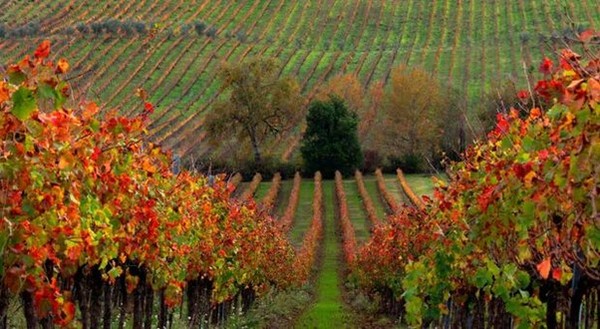
[아츠앤컬쳐] 이탈리아의 심장부에 시간을 초월한 곳, 고즈넉하고 숨이 멎을 듯한 풍경이 있는 움브리아가 있다. 반도 중앙의 유일한 내륙 지역인 움브리아는 언덕과 산, 수정처럼 맑은 물 호수, 따뜻하고 부드러운 햇빛이 내리쬐는 계곡으로 고대 신화가 여전히 남아있는 곳이다. 또한, 움브리아에는 주요 도시인 페루자, 성 프란체스코의 헌신으로 널리 알려진 아씨시, 검은 송로버섯으로 유명한 노르치아, 인상적인 13세기 대성당이 있는 오르비에토 등 역사적인 도시가 많다.

이번에는 또 다른 풍부한 역사 도시 중 하나인 몬테팔코를 살펴 본다. 몬테팔코는 두 개의 작고 잔잔한 강이 흐르는 평야가 내려다보이는 언덕 꼭대기에 포도밭과 올리브 나무로 둘러싸여 있다.
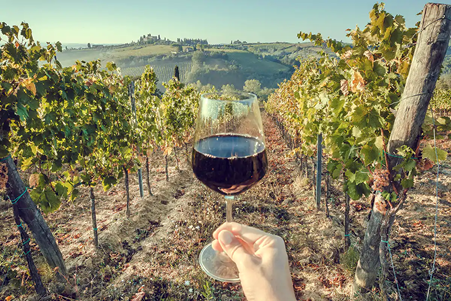
이름의 유래에 얽힌 전설에 따르면, 1240~1249년에 시칠리아의 왕이자 신성로마제국의 황제로 매사냥을 즐겼던 호헨슈타우펜의 프리드리히 2세가 군대를 이끌고 코코로네 마을 근처를 지나갈 때, 갑자기 매들이 언덕 꼭대기를 향해 날아가는 것을 보았다. 코코로네 주민들은 매를 프리드리히 2세에게 돌려주고 그 대신 마을을 침공하지 말라고 요청했다. 황제는 이를 수락하고 대신에 이 마을에 ‘매의 산’인 몬테팔코라는 이탈리아어 이름을 쓰도록 요구했다.
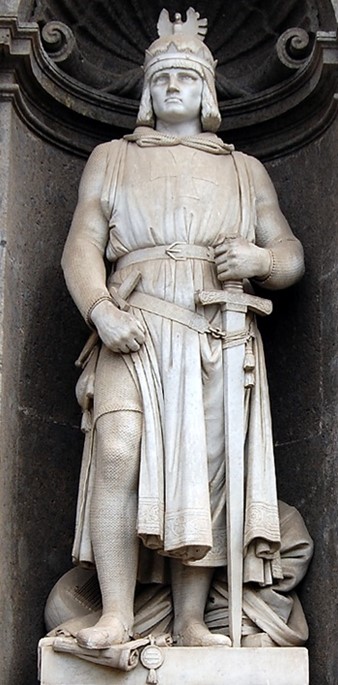
그때부터 이 고대 도시는 몬테팔코가 되었고, 주위는 푸른 언덕으로 우수한 이탈리아 레드와인 중 하나인 사그란티노의 포도밭이다. 이 와인의 역사는 여전히 부분적으로 미스터리에 싸여 있다.

로마 역사가 大플리니우스(23~79 AD)는 몬테팔코 지역이 로마시대에 이미 양질의 포도로 알려져 있었다고 주장하지만, 후세에 따르면 중세시대 프란체스코 수도사들이 순례를 갔던 시리아에서 사그란티노 포도를 가져왔다고 한다. 프란체스코회 수도사들은 미사를 집전할 때 사용할 달콤한 포도주를 만들기 위해 포도를 가져온 것이다. 사그란티노라는 이름은 이탈리아어로 ‘sacro’, 영어로 ‘sacred’(성스러운)를 떠올리게 한다.

스위트 사그란티노는 오늘날에도 여전히 생산되고 있는데, 가장 유명한 사그란티노는 1990년대 이후 세계적으로 알려진 그레이트 드라이와인이다. 그것은 숙성 시 가넷빛이 도는 강렬한 루비 레드 컬러에 블랙체리와 블랙베리 향이 나는 와인이다. 맛은 강렬하게 지속되며 탄닌이 세다. 이 와인은 미트소스를 곁들인 파스타, 구운 고기나 스튜, 사냥한 고기, 숙성 치즈와 잘 어울린다. 사그란티노 디 몬테팔코는 16~18도의 레드와인잔에 마시는 것이 좋다.

Sagrantino di Montefalco
In the heart of Italy there is a place out of time with a serene character and breathtaking landscapes: Umbria. The only landlocked region in the center of the Italian peninsula, Umbria is made up of hills, mountains, crystal clear water lakes, where ancient myths still linger, and valleys bathed in warm, gentle sunlight. Umbria, however, has also many historic towns such as Perugia, the main city, Assisi, known worldwide for its devotion to St. Francis, Norcia, famous for the black truffle, Orvieto with the impressive XIII century cathedral.
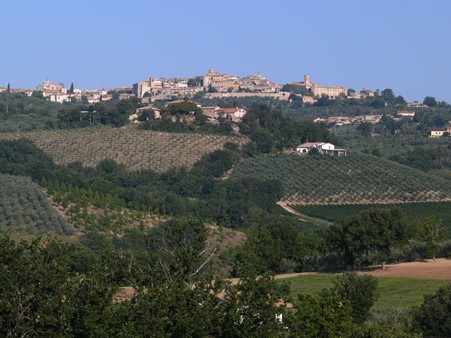
But we will focus our attention on Montefalco, another of these many Umbrian towns rich in history. On the top of a hill overlooking a plain area washed by two small and placid rivers, Montefalco is surrounded by vineyards and olive groves. What is the origin of its name?
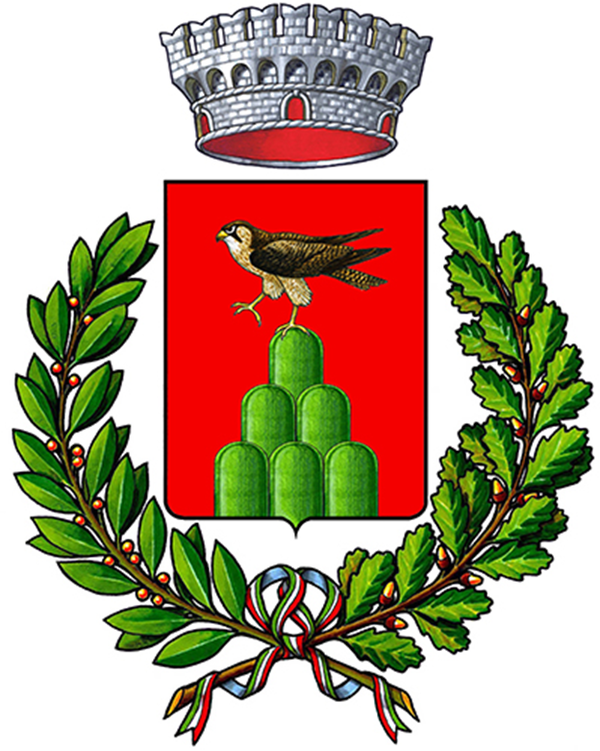
Legend has it that Frederick II Hohenstaufen(1194~1250), king of Sicily, emperor of the Holy Roman Empire and great lover of falconry, between 1240 and 1249 passed with his army nearby this town, which was then called Coccorone. Frederick II had some hawks with him, and he suddenly saw them fly towards the top of the hill of the town.
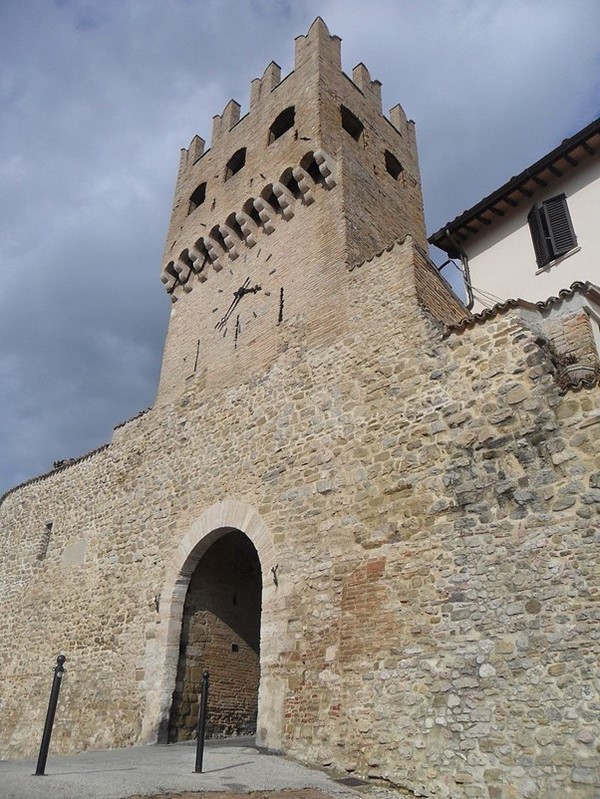
The inhabitants of Coccorone returned the hawks to Frederick II and asked him in exchange not to invade their town. The emperor agreed, but he wanted the town to take the name of Montefalco, “the hawk’s mountain” in Italian. From the distant era of Frederick II, Montefalco has kept this name and the green hills around the ancient town are embellished by the vineyards of one of the great, Italian red wines: Sagrantino.
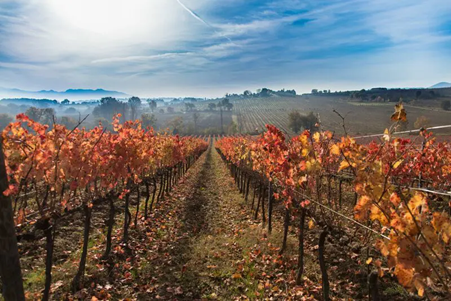
The history of this wine is still partly shrouded in mystery.Pliny the Elder (23~79 AD), a Roman historian, argues that the Montefalco area was already known in Roman times for good quality grapes, while according to a later account, during the Middle Ages the Franciscan monks brought Sagrantino grapes from the Middle East, perhaps from today’s Syria, where they had gone on pilgrimage.
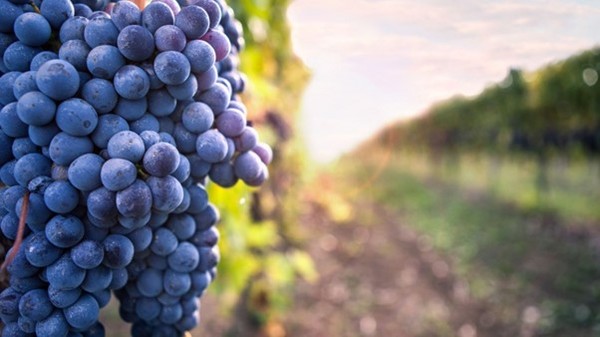
The Franciscan monks used the grape to make a sweet wine with which they celebrate Mass. The name Sagrantino recalls the Italian word “sacro”, “sacred” in English. Sweet Sagrantino is still produced nowadays, but the most famous Sagrantino is the great dry wine known worldwide since 1990s.

It is a wine with an intense ruby red color with garnet tints when aging, with an aroma of black cherries and blackberries. The taste is intense, persistent and very tannic. A wine with such a powerful structure pair with pasta with meat sauces, grilled and roasted meats, stewed game meat and aged cheeses. Sagrantino di Montefalco is served in red wine glasses around 16~18 degrees.
글 | 에밀리아노 펜니지 Emiliano Pennisi
Sogang University lecturer of Italian language, Wine scholar and expert, He attended sommellier courses in Italy

